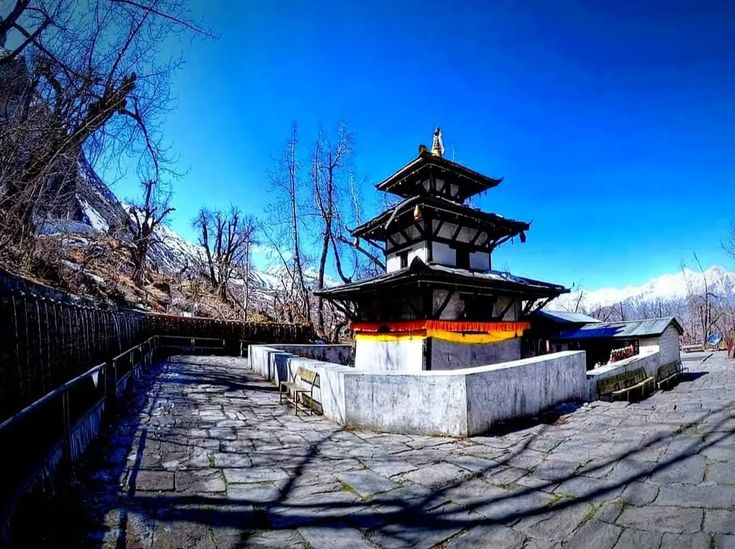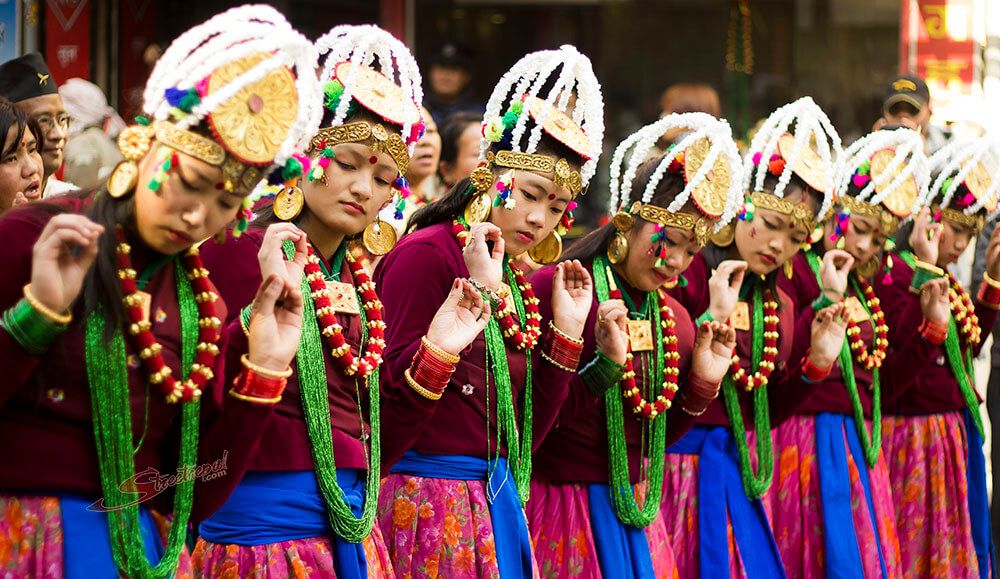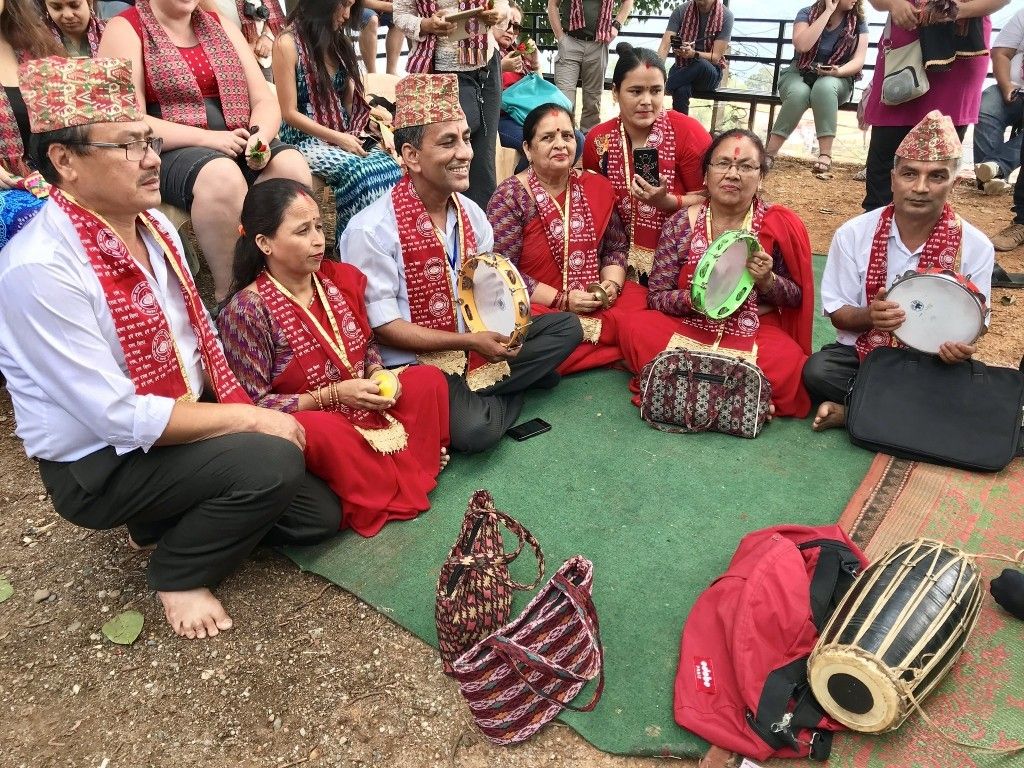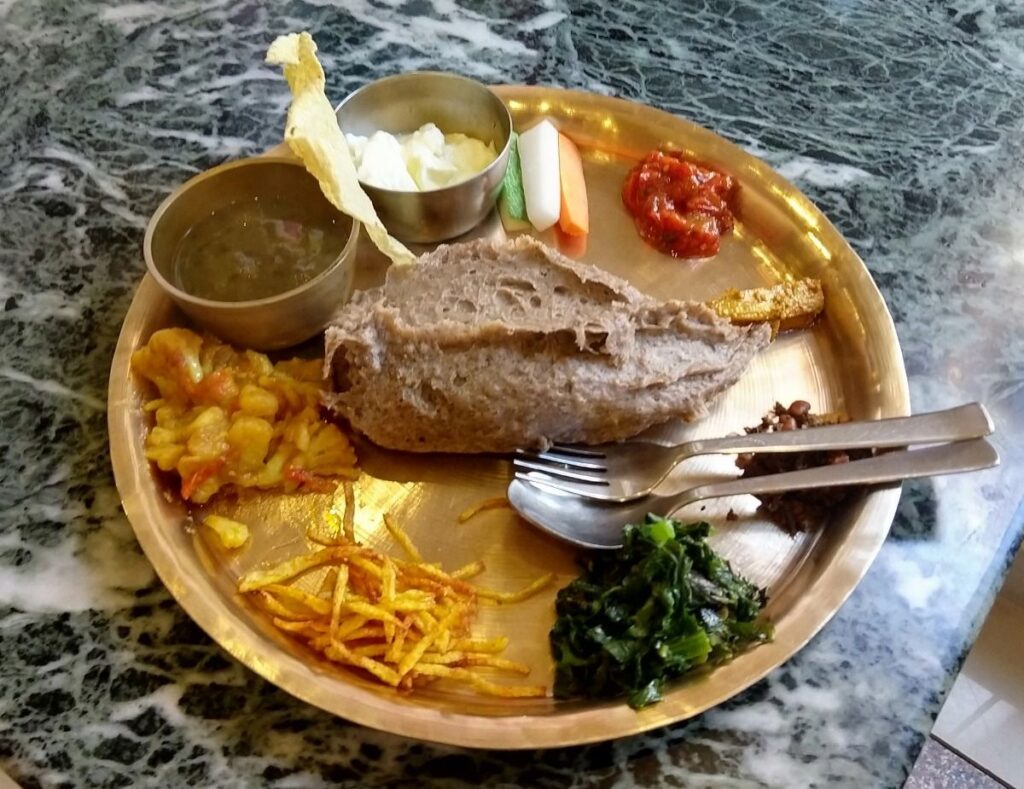Nepal: A Living Museum of Timeless Culture
Nepal is more than just the Himalayas and breathtaking mountain landscapes – it is a living museum of timeless culture, spiritual traditions, and vibrant heritage. From centuries-old temples and royal palaces to colorful festivals, sacred rituals, and warm local experiences, every corner of Nepal tells a story. A journey into Nepal’s culture and heritage offers travelers the chance to immerse themselves in authentic practices, taste traditional food, and connect with communities that keep their history alive. Whether you are walking through UNESCO World Heritage Sites in the Kathmandu Valley or exploring rural villages with age-old customs, Nepal’s cultural fabric is deeply woven into its identity, making it one of the most unique travel destinations in Asia.
Highlights / Key Features of Nepal's Heritage
🏛️
UNESCO World Heritage SitesExplore UNESCO World Heritage Sites in the Kathmandu Valley.
🎉
Vibrant FestivalsWitness vibrant festivals like Dashain, Tihar, and Indra Jatra.
🏘️
Authentic Local ExperiencesDiscover traditional Newar, Tharu, and Gurung local experiences.
🍽️
Authentic Nepali CuisineTaste authentic Nepali food, from dal bhat to momo.
🙏
Spiritual TraditionsLearn about Buddhist and Hindu spiritual traditions.
🏰
Timeless ArchitectureVisit medieval towns, palaces, and timeless architecture.
Ancient Temples & Sacred Sites
Nepal’s heritage is deeply tied to its spiritual roots. The country is dotted with centuries-old temples, stupas, and monasteries that showcase its devotion to Hinduism and Buddhism. Kathmandu Valley alone is home to Pashupatinath Temple, Boudhanath Stupa, and Swayambhunath (Monkey Temple) – each a masterpiece of history and faith. These sacred sites not only represent authentic architecture but also serve as living places of worship where pilgrims gather year-round. Exploring them gives travelers a chance to witness rituals, chants, and the artistry of wood and stone carvings, making them essential stops for cultural tourism in Nepal.


Festivals & Traditions
The heartbeat of Nepal lies in its colorful festivals, celebrated with joy across the nation. Dashain and Tihar light up the country with rituals, gatherings, and decorations, while Indra Jatra transforms Kathmandu’s Durbar Square into a cultural stage. Each festival reflects the blend of Hindu and Buddhist traditions, showcasing Nepal’s authentic cultural harmony. Beyond grand festivals, smaller village rituals and seasonal harvest celebrations offer deeper insights into the local way of life. For travelers, participating in these traditions is not just about watching – it’s about feeling connected to Nepal’s vibrant culture and its enduring sense of community.
Local Communities & Authentic Experiences
To truly understand Nepal, travelers must engage with its diverse local communities. From the artistic Newars of Kathmandu to the warm Tharu people in the Terai and the hospitable Gurung and Magar villages in the hills, each community carries unique traditions. Homestays and cultural programs provide hands-on experiences – cooking traditional food, learning folk dances, or exploring handicrafts. These encounters highlight the essence of authentic travel, where tourism supports local livelihoods while preserving traditions. Such immersive journeys allow travelers to create lasting memories while contributing positively to sustainable tourism in Nepal.


Cuisine & Cultural Flavors
No exploration of culture is complete without tasting Nepal’s food. The staple dal bhat (rice with lentils and vegetables) symbolizes nourishment and sharing, while momos (dumplings) have become a beloved dish across the country. Street stalls in Kathmandu serve spicy chatpate, while traditional feasts during festivals showcase community dining at its finest. Each dish carries a story of geography and history – from Himalayan yak cheese to Terai’s spiced curries. Culinary experiences offer travelers a flavorful way to connect with Nepal’s heritage, ensuring that every journey is both cultural and delicious.
Frequently Asked Questions 📜
Q1. What makes Nepal’s culture unique?
Q2. Which cultural sites should I visit in Nepal?
Q3. When is the best time to experience festivals in Nepal?
Q4. Can I experience culture in rural Nepal?
Q5. Is Nepali food part of the cultural experience?
Ready for Your Journey? Discover the Heart of Nepal: Your Cultural Adventure Awaits
Exploring the culture and heritage of Nepal is like stepping into a living storybook – where traditions are honored, and every festival, dish, and ritual tells a tale of resilience and joy. Whether you are wandering through ancient palaces, enjoying authentic food, or celebrating festivals with locals, Nepal offers a truly immersive journey. If you are ready to experience authentic adventure, meaningful connections, and the timeless beauty of the Himalayas, let us guide your path. Start your unforgettable cultural travel experience with Namo Nepal and discover the heart of this extraordinary nation.
Plan Your Journey Today ➤